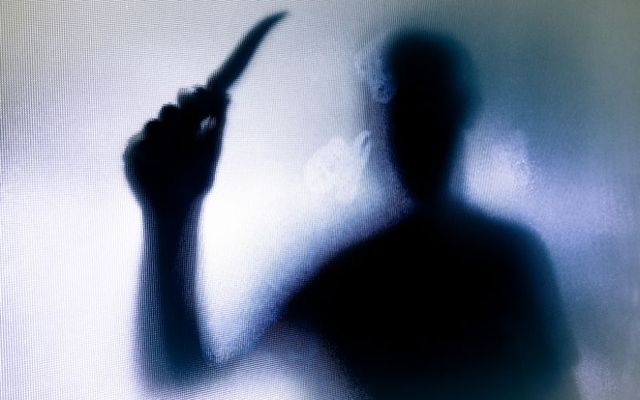How many of you know about the monstrous cycle of violence that once created a reign of terror on the streets of Dublin’s Fair City? The time when a half-demon, half-man with the head of a pig struck fear into the hearts of any young Dublin woman who found herself walking home alone after dark?
The story of the deviant known as The Dolocher who terrorized 18th century Dublin is full of unbelievable twists and turns that makes it the perfect story for a nighttime gathering around the campfire.
The legend has it the body of a raped and murdered young woman was discovered in the famous and historic part of Dublin known as the Liberties, where the Guinness Storehouse is located. A man named Olocher was arrested and tried and convicted for the woman's murderer and he was sentenced to death.
He escaped the noose, however, by taking his own life in his prison cell located in the debtors’ prison “The Black Dog” in the Corn Market near Christ Church Cathedral.
The prison was in an uproar as guards were questioned as to how a man could be allowed to kill himself before being brought to justice, but it wasn’t long until they had more pressing matters to attend to.
A few days after the death of Olocher, a lone sentry was discovered unconscious at the end of his shift, mauled badly with his clothes in tatters. When questioned as to what occurred, the sentry recalled he had heard a strange sound coming from Olocher’s cell and on going to investigate, a strange being rushed at him from out of the darkness, a dark presence he swore was half-man, half-black pig.
His colleagues were reluctant to believe him, but his wounds were so serious that they preceded with their work, on full alert for strange and mysterious happenings from the other world.
A week later, a sentry reporting for duty was met by a strange sight as he went to relieve the man who preceded him on duty. There was no man there. Although there was a rifle standing against a wall and clothes were neatly stacked nearby, the man was nowhere to be seen.
From this point on, night after night, women were attacked in the Liberties' streets and fear slowly seeped through to other areas of the city as the attacks from the “black pig” continued.
Convinced that the demonic figure was the reincarnation of the alleged murderer Olocher, who had also attacked a young woman, it became known as “The Olocher,” which gradually morphed into “Dolocher” thanks to the Dublin accent.
Throughout the long nights of that winter, nobody dared to walk alone after dark, especially women. The Dolocher had the city’s population petrified, afraid to go about normal activities. Pigs were culled in attempts to root out the evil presence and the dark streets of the Georgian Liberties, already referred to as “Hell” in the immediate vicinity of Christ Church thanks to the massive number of gambling houses, brothels and taverns, were made all the grimmer.

Love Irish history? Share your favorite stories with other history buffs in the IrishCentral History Facebook group.
As the nights grew shorter and spring and summer approached, the being disappeared and citizens were just shaking off the terror of the previous winter when all too soon the seasons began to change once more.
Dubliners’ prayers that the monster would not return went unanswered, and in November attacks on women by the black pig began again.
That was until one rainy night when a blacksmith borrowed a cloak from the wife of a local tavern owner as he made his way home through the wet weather. Obviously fooled by the old woman’s cloak, the Dolocher attacked once more, little expecting that his victim was not an old woman but a blacksmith who would punch him to the ground despite his terrifying pig’s face.
More men ran to the scene just as the blacksmith succeeded in pulling the “demon’s” pig face from his head and he was brought to the police station.
Two mysteries were solved that night: The mystery of the black pig, and the whereabouts of the missing sentry from The Black Dog prison!
H/T: Irish Identity
* Originally published in 2016, updated in Aug 2024.




Comments